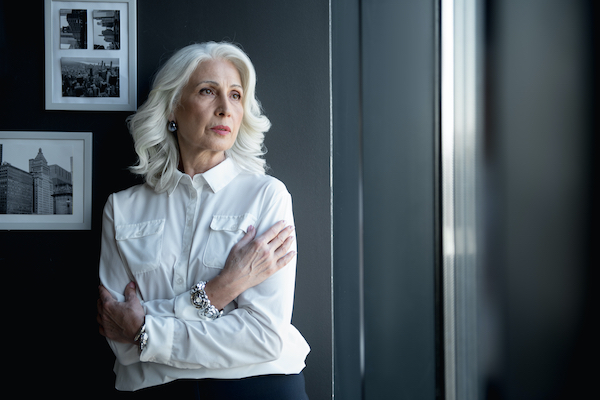
I am widowed. Most of my friends are widows. A couple are widowers. But most are widows. You might even call us elderly orphans. I’m not wild about the term. I like to think about us like wine. We get better with age. But many of us are basically orphans. No kids. No family close if we need assistance. And as we age we are responsible for our own care.
For women long-term care is also a financial diagnosis. Think about it. We live longer. Usually two to three years longer than our guys. That assumes we’re the same age. But when the guys are older, gals could be widowed for a long time. Not just two to three years. More like 10 to 15 years.
On average women earn less
About $.80 for every $1.00 earned by a male employee. What’s the impact? Less earnings, savings, investments, 401(k) and/or IRA contributions, pensions and Social Security benefits.
Add to this about 75% of unpaid family caregivers are women – mothers, wives, daughters, sisters, nieces. Unpaid family caregivers can spend 20 to 40 hours a week caring for a family member over an average of four to five years. If working these family caregivers essentially have a second job. About 44% work fewer hours at their paid job and 12% quit entirely.
Women need long-term care insurance
Women are also at greater risk of needing care themselves. About 66% of home care recipients are women and 70% of nursing home residents are women.
We’ve written numerous blogs on this subject:
WOMEN NEED LONG-TERM CARE MORE THAN MEN
LONG-TERM CARE IS DOUBLE TROUBLE FOR WOMEN
What should you do? Make a plan! It’s not that hard. Answer these three questions and you’ll be well on your way.
- If you needed care, where would you want to reside?
- If you needed care, who would you want to provide care?
- If you needed care, how would you pay for it?
Weigh the pros and cons of each option. Draft your plan. Discuss it with friends, family, trusted advisors. Get helpful input.
The government projects that by age 65 and older 70 percent of us are going to need some level of long-term care. For most Americans there are just three funding options: self-fund, private insurance or qualify for government assistance.
Many of our clients are widowed. Both men and women. They understand the importance of being able to pay for formal caregivers. They also understand that the risk of needing care is substantial. And the cost is significant.
Whether self-funding, insurance or government assistance is your funding option, having a plan will help manage the challenges of aging and provide peace of mind.
